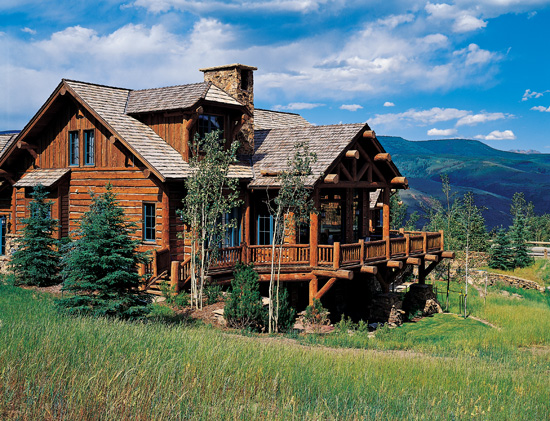
The Build-It-Yourself Backlash
Fifteen years ago, the United States was on the cusp of an unprecedented economic era. The country’s budget was balanced; the economy was booming, thanks in large part to the rise of the technology/dot-com sector; stock prices soared; personal disposable income was flowing and consumers spent it freely. Luxury cars, grand homes, you name it—the United States was rich, and we wanted everyone to know it.
Then, in 2001, tragedy struck as we watched the most horrific terrorist attack on Ameri
